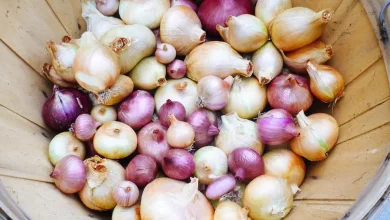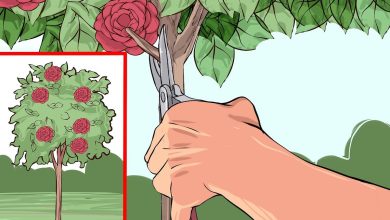The White Fly (Aleyrodidae): [Identify, Fight and Prevent It]
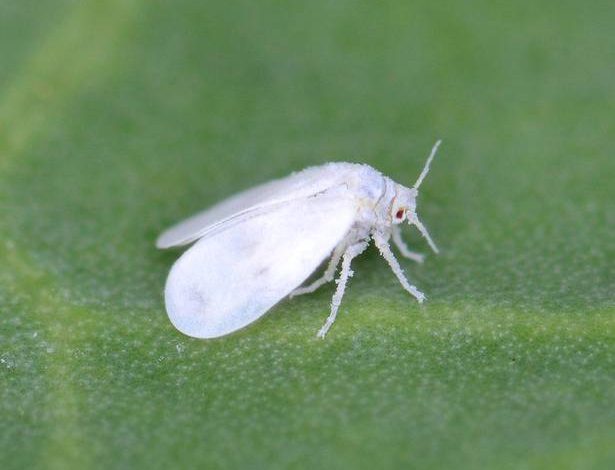
T he whitefly (Aleyrodidae), native to Asia, is considered one of the 100 most harmful exotic species in the world.
It is a small, pale-colored hemiptera, barely exceeding 2 mm in length. Its two white wings allow it to move quite easily between plants. During the winter it remains on the underside of the leaves.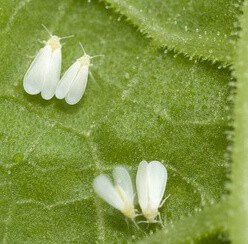
The whitefly feeds on sap, reducing the productivity of the plant.
It also feeds on leaves. The species that cause the most damage to crops are the greenhouse whitefly, which goes by the name of Trialeurodes vaporariorum, and the tobacco whitefly, scientifically called Bemisia tabaci, which represents a serious economic problem worldwide, since it has become a key pest in horticultural and ornamental crops around the world.
They can lay up to one hundred eggs over the twenty days that their life usually lasts and their biological cycle has four development phases: egg, larva (it goes through three evolutions), pupa and adult.
Whitefly Characteristics
- Kingdom: Animalia
- Phylum: Arthropods
- Class: Insecta
- Order: Hemiptera
- Suborder: Sternorrhyncha
- Superfamily: Aleyrodoidea
- Family: Aleyrodidae
The whitefly is a soft-bodied, winged insect closely related to aphids and mealybugs. Despite their name, whiteflies are not a type of fly, although they do have wings and are capable of flight.
Whiteflies can be as small as 0.2 centimeters, are somewhat triangular in shape, and are often found in groups on the undersides of leaves.
They are active during the day and scatter when disturbed, so they may be easier to spot than some nocturnal insect pests.

How many species of whitefly are there?
There are hundreds of species of whiteflies, but most only affect a small number of host plants.
However, there are some whitefly species that affect a wider range of plants, making them the most problematic in horticulture.
These whitefly species include greenhouse whitefly, banded whitefly, giant whitefly, and silverleaf whitefly , among others. Silver leaf whiteflies, which are slightly smaller and yellower than other whiteflies.
How does the whitefly act on crops?
The females deposit their eggs in a scattered way, preferably on the underside of the most tender leaves, although in some crops they prefer the bundle.
With the development of the plant, and given the low mobility of the immature phases, they remain in the older and more developed leaves. For this reason, as you go up the plant, you can progressively see younger populations.
Like aphids, whiteflies use their piercing mouthparts to suck out plant juices, in turn producing a sticky substance known as honeydew.
Honeydew left alone can cause fungal diseases like sooty mold that forms on leaves.
If the whitefly feeds heavily, the plants rapidly become weak and may be unable to photosynthesize. Leaves will wilt, turn pale or yellow, growth will be stunted, and eventually leaves may shrivel and fall off the plant.
Honeydew is a sign that the whiteflies have been feeding for several days. Ants may also appear, which are attracted to the sweet molasses.

What damage can whitefly cause to plants?
The damage they cause mainly in crops are:
- Yellow spots on leaves.
- Deformities in fruits, leaves and stems, such as bulging, curling or curling.
- If the population is very high, it can lead to a weakening of the plant, chlorosis and drying of the leaves.
- In addition, the molasses secreted by this pest favors the attack of the fungus that causes bold, which causes a decrease in the quality of the harvest.
Indirect damage is caused by the transmission of viruses. The whitefly is a transmitter of the cucurbit yellows virus.
While Bemisia tabaci is a transmitter of a greater number of viruses in horticultural crops, including tomato yellow curl virus, criniviruses and carlaviruses, and begomoviruses, which can cause crop losses of between 20% and 100%
As additional information, the whitefly is a vector of the cassava mosaic virus. Cassava is one of the staple crops and main food throughout sub-Saharan Africa.

How can we combat whitefly?
Spray with a hose or water jet
Before trying more serious whitefly treatments, you should start with something very simple: spray your plants with water. Sometimes a good blast of water from a hose can kill whitefly nymphs.
Since they can’t move after the creep phase, they will starve. This also works surprisingly well for aphid infestations.
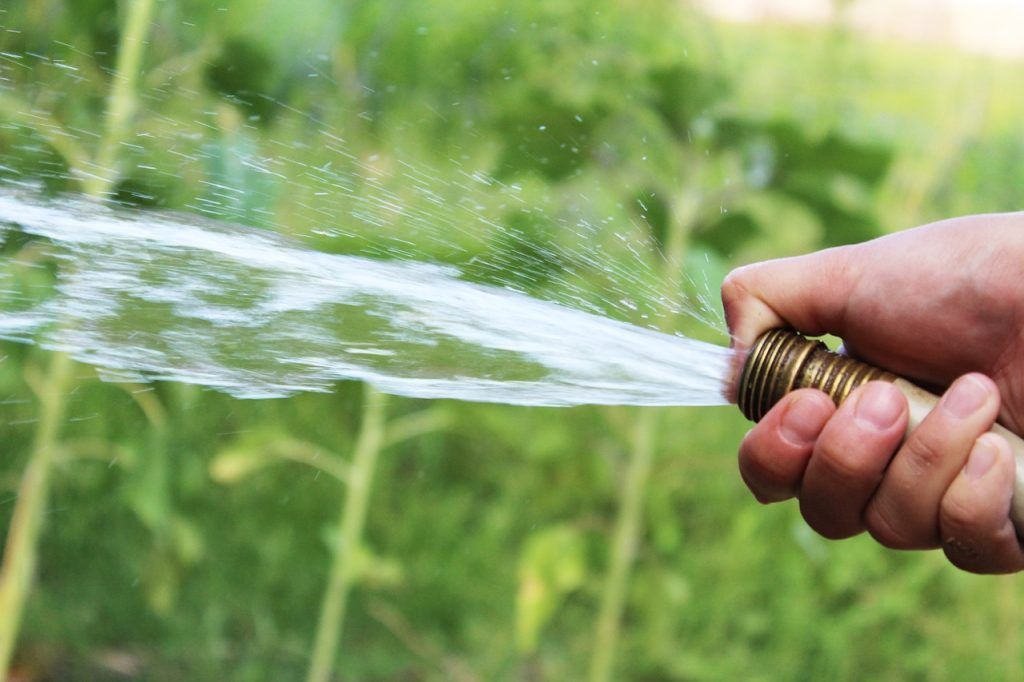
Use a handheld vacuum to suck them up!
Use a handheld vacuum to suck up whiteflies.
Although care must be taken when doing so, a small handheld vacuum can be a very easy way to get rid of larvae, eggs, and the white bugs themselves. Of course, be careful not to let it suck the leaves of your plants.

Homemade garlic spray or extract
A good home remedy for whitefly on plants is a homemade garlic spray.
Garlic can have a particularly pungent aroma, so we don’t recommend using it indoors. Even in a greenhouse, the scent builds up. We recommend it only for the outside.

Whitefly traps
Whiteflies are often attracted to yellow and light green, so traps or containers of these colors with sticky surfaces can be placed for them to adhere to.
Another form of prevention is to place mesh around your garden and clean it of weeds and any type of waste or remains of previous crops.
Likewise, it is recommended not to associate crops in the same greenhouse, nor to abandon the shoots at the end of the cycle, since the young shoots attract whitefly adults.
natural enemies
Biological control can be done through its natural enemies. Some of them are the lady beetle, the lacewing, the predatory beetles (Orius sp) and the parasitic wasps (Encarsia sp).
Ecological and natural alternatives
To combat them, in addition, ecological alternatives can be used, such as applying 1% potassium soap sprayed with rainwater or distilled water to the underside of the leaves. Or neem oil can also be effective .
Where is the whitefly usually located on a plant?
Whiteflies tend to feed on new growth, so check new leaves first.
Check the undersides of leaves—especially around the veins—for white bugs, even if they aren’t immediately visible, and feel the surface of leaves for sticky honeydew.

If the whiteflies are feeding, they will suddenly all fly off the leaves in a swarm, so it’s very obvious.
You can also find eggs deposited on the underside of the leaves. A new generation is brewing here.
When the eggs hatch, the larvae look like small white ovals without legs; they do not move, but soon begin to suck the juice from the plant.
For this reason, whiteflies sometimes go unnoticed by gardeners until it is too late.
Did you know…?Adult females can produce up to 400 eggs, which hatch between a week and a month after laying. They usually put them in a circular shape.
The eggs are pale yellow when newly laid and brown when about to hatch.
What crops does it affect?
We find it on the underside of the leaves of aubergine, courgette, bean, melon, cucumber, pepper, watermelon and tomato crops.
We can also find it in flower crops such as poinsettia and jamaica.
Whiteflies can be found on a wide variety of plants, from ornamental flowers to warm-season vegetables, such as tomatoes, eggplants, peppers, and okra.
Some species can attack sweet potatoes, plants in the cabbage family, and citrus. Indoors, they feed on most common houseplants, especially those with soft, smooth leaves.
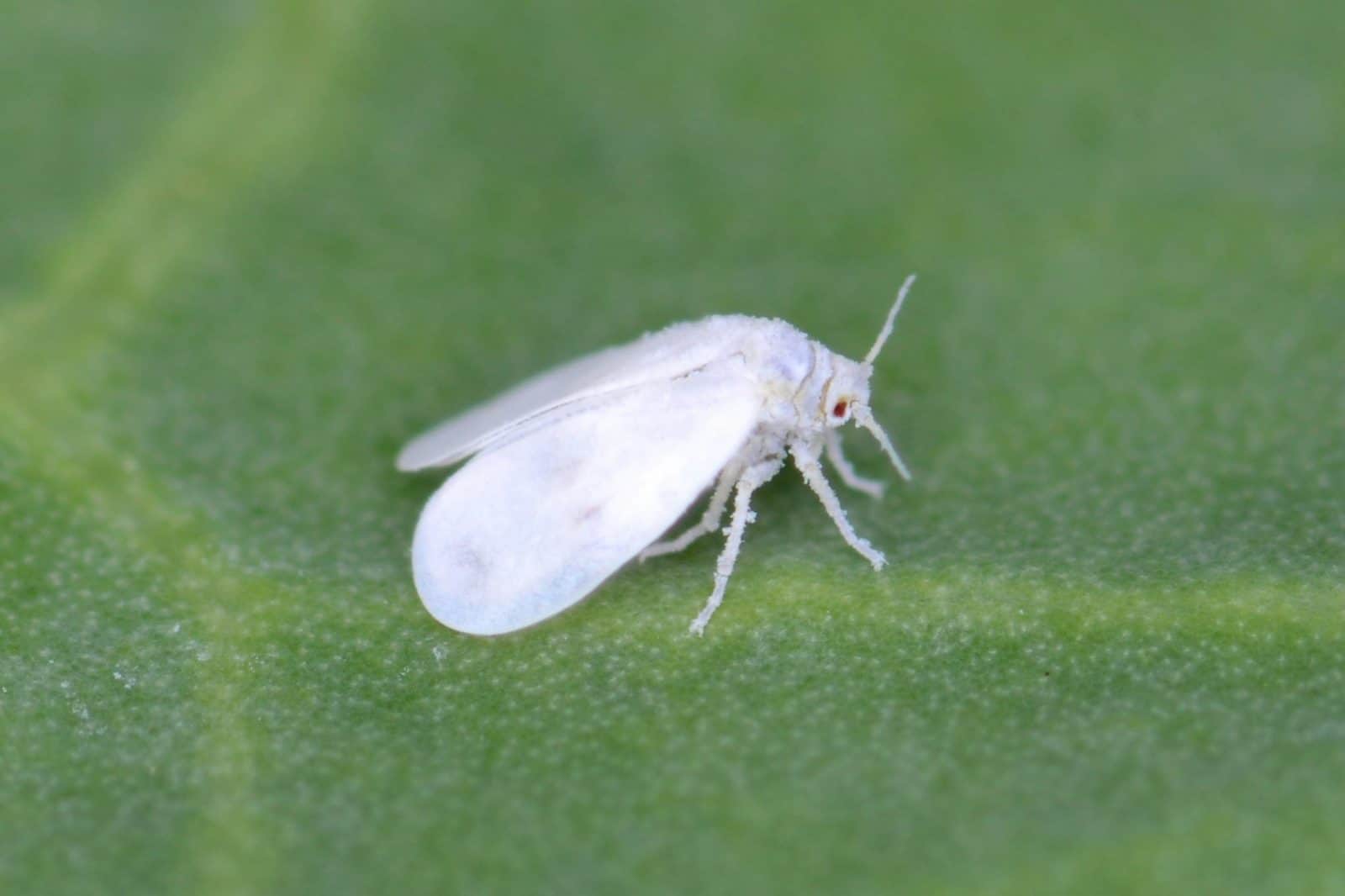
How can we prevent whitefly?
Before buying a plant or tree, keep an eye on its leaves
Your first line of defense should be to inspect all plants for pests before bringing them home, as well as keeping any new additions away from the rest of your plants for a period of time.
This will allow you to identify and greatly reduce any pest or disease problems that may arise.

Natural predators of the whitefly: ladybugs, spiders, dragonflies…
Keeping natural predators close will prevent the whitefly from increasing its population. For this reason, avoid the use of insecticides.
Ladybugs, spiders, green lacewing larvae, and dragonflies are some of the many beneficial insects that can control the whitefly population.
Hummingbirds are another natural predator. Try to create a habitat that will attract dragonflies and damselflies (which also eat mosquitoes) or beautiful hummingbirds.
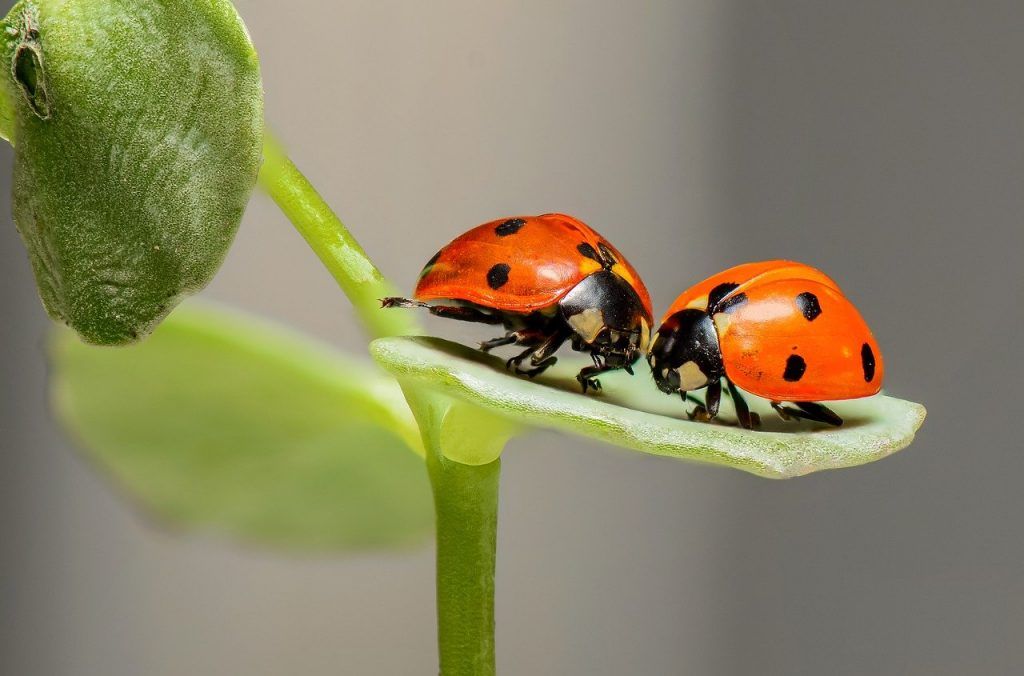
Do not use chemical insecticides
As for whiteflies, avoid chemical insecticides; they are usually resistant and all you end up doing is killing the beneficial insects – their natural predators – and the insects that pollinate the garden to get a better harvest.
We recommend using more ecological and natural options such as neem extract or potassium soap.
Use a reflective mulch
Lay down a reflective foil mulch early in the season, especially around tomatoes and peppers. Reflective mulch makes it difficult for whiteflies to find their preferred plant hosts.
Lay out yellow Vaseline-coated chips to keep an eye out for whiteflies, especially when it comes to tomato, pepper, sweet potato, or cabbage crops.
Other useful tools
A half-and-half mixture of Vaseline and dish soap, spread on small pieces of poster board painted bright yellow, is sticky enough to catch tiny whiteflies, too.
To whiteflies, the yellow color looks like a mass of new foliage. The bugs are attracted to the cardboard, get stuck in the jelly and die.
Whitefly life cycle: How do they reproduce?
- In late spring, adult whiteflies lay their eggs on the undersides of leaves.
- Typically, they do so in concentric patterns, toward the top of the plant. An adult whitefly can produce between 200 and 400 eggs.
- Five to ten days later, the whitefly eggs hatch into nymphs.
- During the first instar or larval stage, the nymphs are called crawlers. They move a little away from their egg and then flatten themselves against the leaf to feed. There are a total of four instars, but once the caterpillar has chosen its location, it stays there for the next few instars.
- These nymphal stages can be difficult to identify.
- Once they have stopped crawling and clung to the leaf, they look very similar to mealybugs. Often their coloration blends with that of the leaf they are on, or is slightly paler.
- Once the nymphal stages are over, the whitefly larva hatches.
- Within a week, the whitefly emerges from its old skin as a new adult to begin its own egg-laying process. These little white flying insects can live for a couple of months as adults before they die.
Can whiteflies bite humans?
Unlike irritating biting black flies (sometimes called horseflies), whiteflies are harmless to people.
They just aren’t attracted to humans or our pets or livestock. Whitefly damage only occurs on plants.
Sources and bibliography
-
[BOOK] Biology and management of the whitefly Trialeurodes vaprariorum in snap beans and beans, C Cardona, I Rodriguez, JM Bueno, X Tapia – 2005 – books.google.com
-
Nesidiocoris tenuis, an ally for the biological control of the whitefly, J Calvo, A Urbaneja – International Horticulture, 2004 – redivia.gva.es
-
[BOOK] Biological control of whitefly Bemisia tabaci, LL Vázquez, CA Murguido Morales, AI Elizondo… – 2007 – books.google.com
-
[PDF] The whitefly of greenhouses, LC Estrada – Horticulture, 1989 – mapa.gob.es
-
The whitefly Bemisia tabaci (Gennadius) as a pest and virus vector in common beans (Phaseolus vulgaris L.), ME Cuellar, FJ Morales – Colombian Journal of Entomology, 2006 – scielo.org.co
-
Evaluation of the repellency of various substances on the whitefly Bemisia tabaci (Homoptera: Aleyrodidae). Evaluation of repellency of various substances to …, D Cubillo-Sánchez, R Quijije, W Larriva … – Integrated Management of …, 1994 – sidalc.net
-
Density of eggs and nymphs of whitefly Trialeurodes vaporariorum (WEST.) in Gerbera jamesonii H. Bolus with different fertilization regimes…, LD Ortega-Arenas, DA Miranda-Aragón… –…, 2006 – agrociencia-colpos.mx

![Photo of San Pedro Cactus: [Planting, Care, Substrate, Irrigation]](https://www.complete-gardening.com/wp-content/uploads/2022/08/san-pedro-cactus-planting-care-substrate-irrigation-390x220.jpg)

